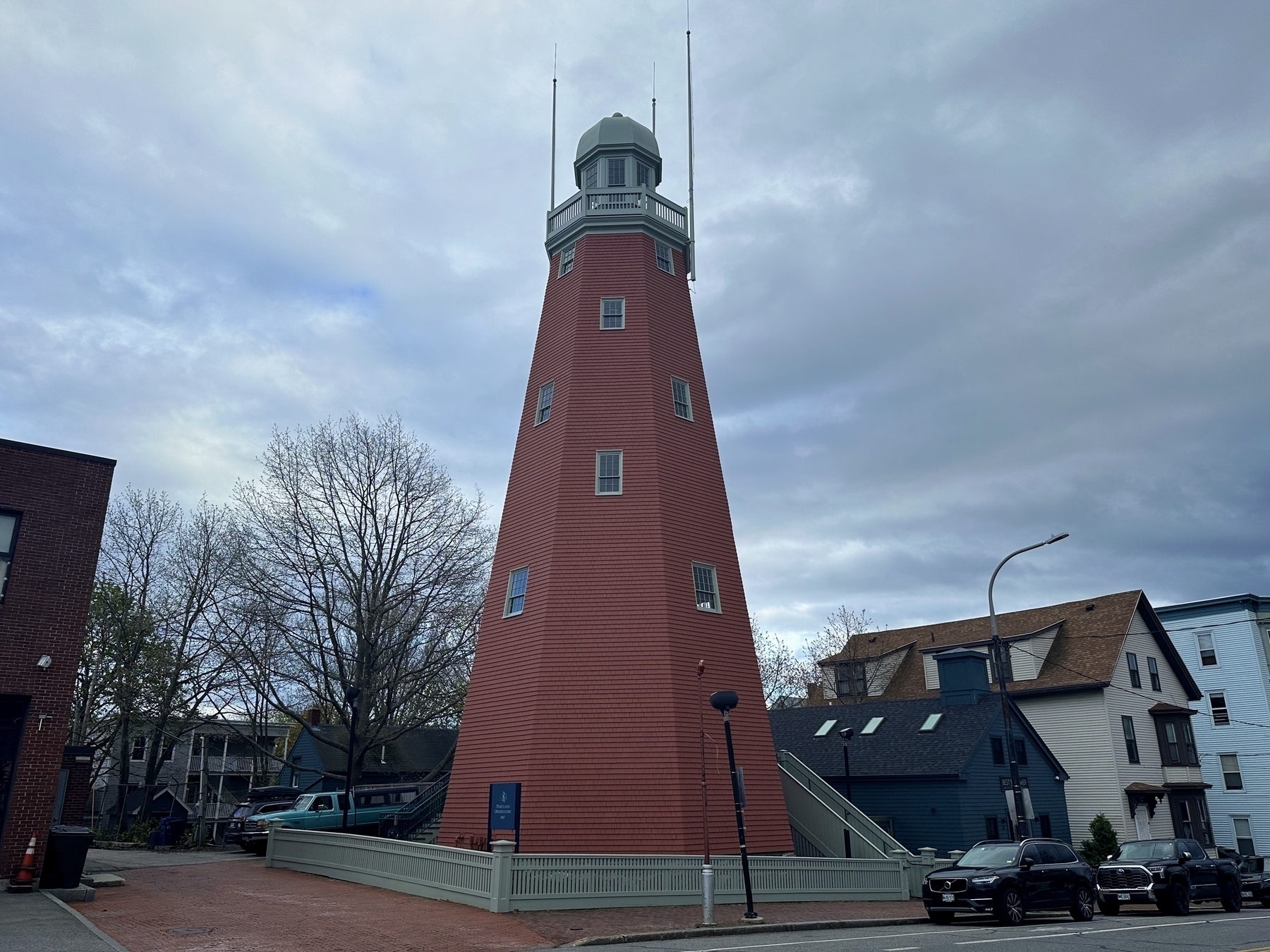Portland Observatory
Running the other day I ran by the Portland Observatory which is on my list to actual goto when it is open but I haven’t had a chance as it isn’t open year round.

I find older cities and towns fascinating as the town I live in doesn’t have the same type of historical story or maybe more specifically not as many older buildings still being used today. Granted there is history where I live but not to the same extent as Portland, ME (or other places). There is so many buildings I see during my wandering around Portland that I wonder what it originally was used for and all of that just like the Portland Hey Building and Portland Co. Pattern Storehouse that I only breilfy wrote about before.
So when I saw the picture above on my flight home, I decided to spend some time with this wonderful Free High Speed Delta WiFi while watching movies to do a little digging about the Portland Observatory. This is the summary of what I found.
The tower was built in 1807 by sea captian who turned entrepreneur Captain Lemuel Moody. It was constructed in a remarkably short period of time (4 months from April to July) due to the simplicity of the observatory’s design and the use of local materials and labor. Despite its quick construction, the observatory was a well-built and sturdy structure, able to withstand the harsh weather conditions of the Maine coast.
 Photo Copyright of Maine Historical Society
Photo Copyright of Maine Historical Society
It was a commercial venture to give ship owners a competitive edge if they paid Moody a subscription fee of $5.00 a year to alert them when their ships were arriving. With a telescope at the top he could see incoming ships from as far as 30 miles away and then could hoist signal flags identifying the vessels coming in.
This signal tower also increased the efficiency of Portland Harbor and the Observatory remained a working marine signal tower run by the Moody family until 1923 when the invention of the two-way radio made it obsolete.
The original cost of constructing it was a mere $6000 in 1807 and during the peak of the observation towers services it generated an estimated $1,000 in revenue per year from these fees, demonstrating its importance and value to the maritime community.
In 1866, the observation tower actually survived the Great Fire which destroyed much of Portland. This helped solidify the observatory as a symbol of the city’s resilience and determination to rebuild the town after the devastating fire.
The Portland Observatory is the only remaining historic maritime signal station in the United States.